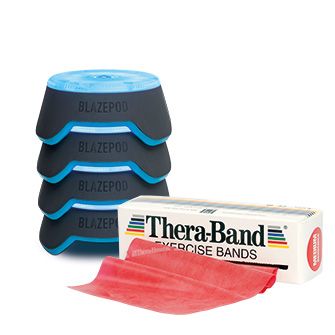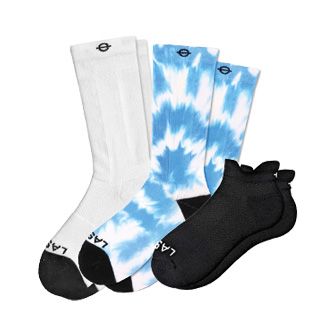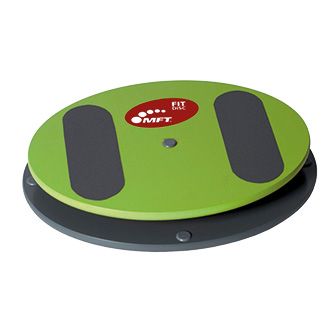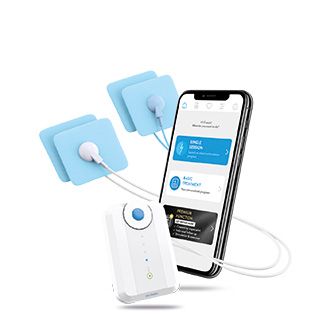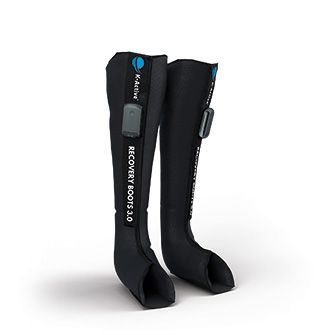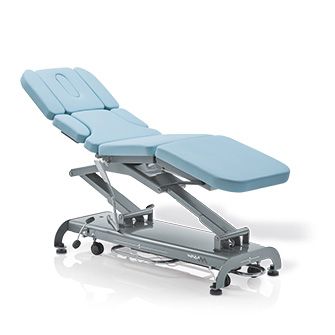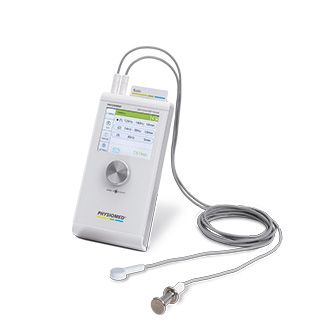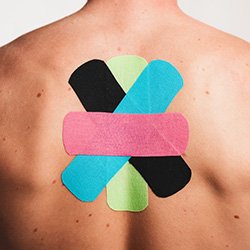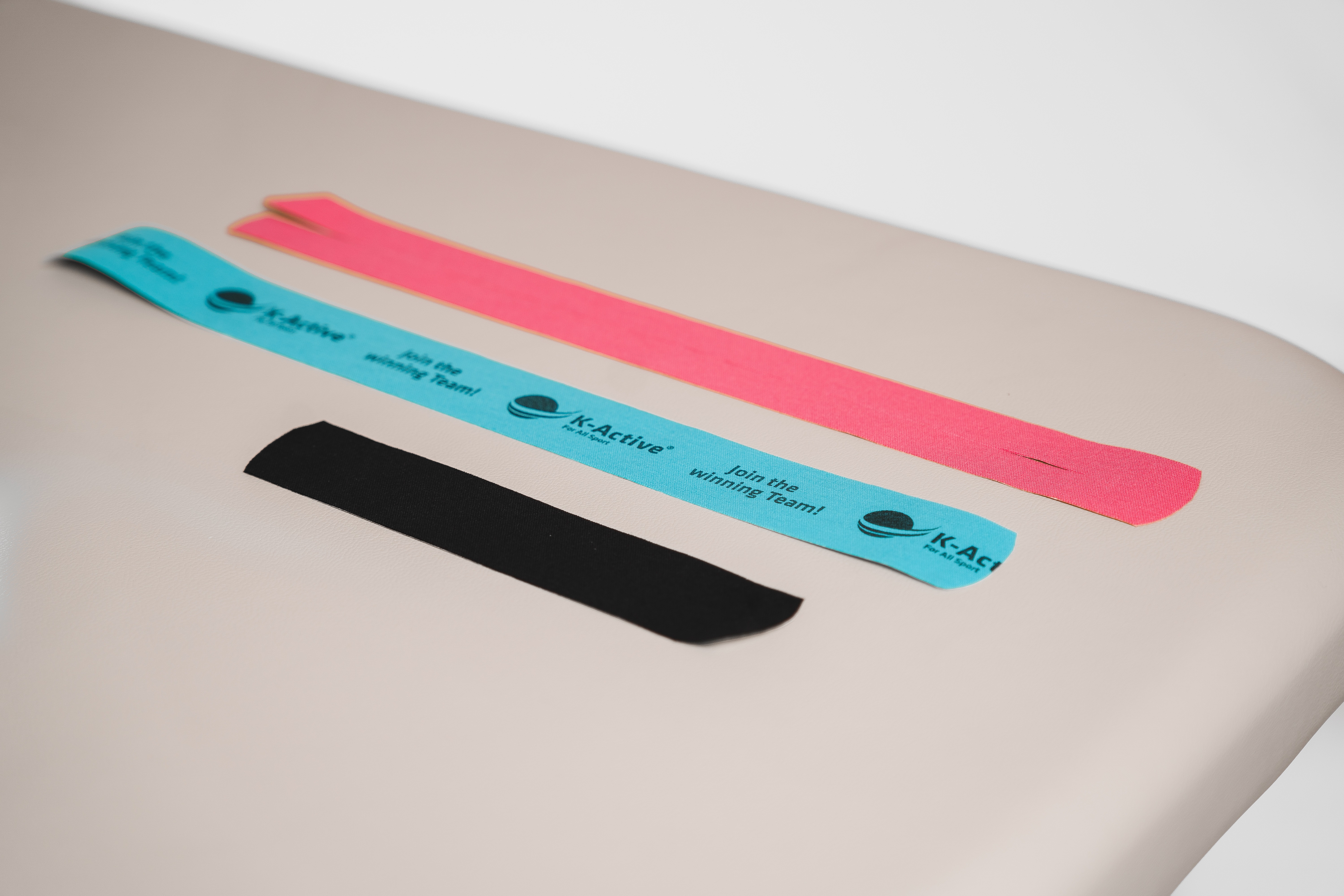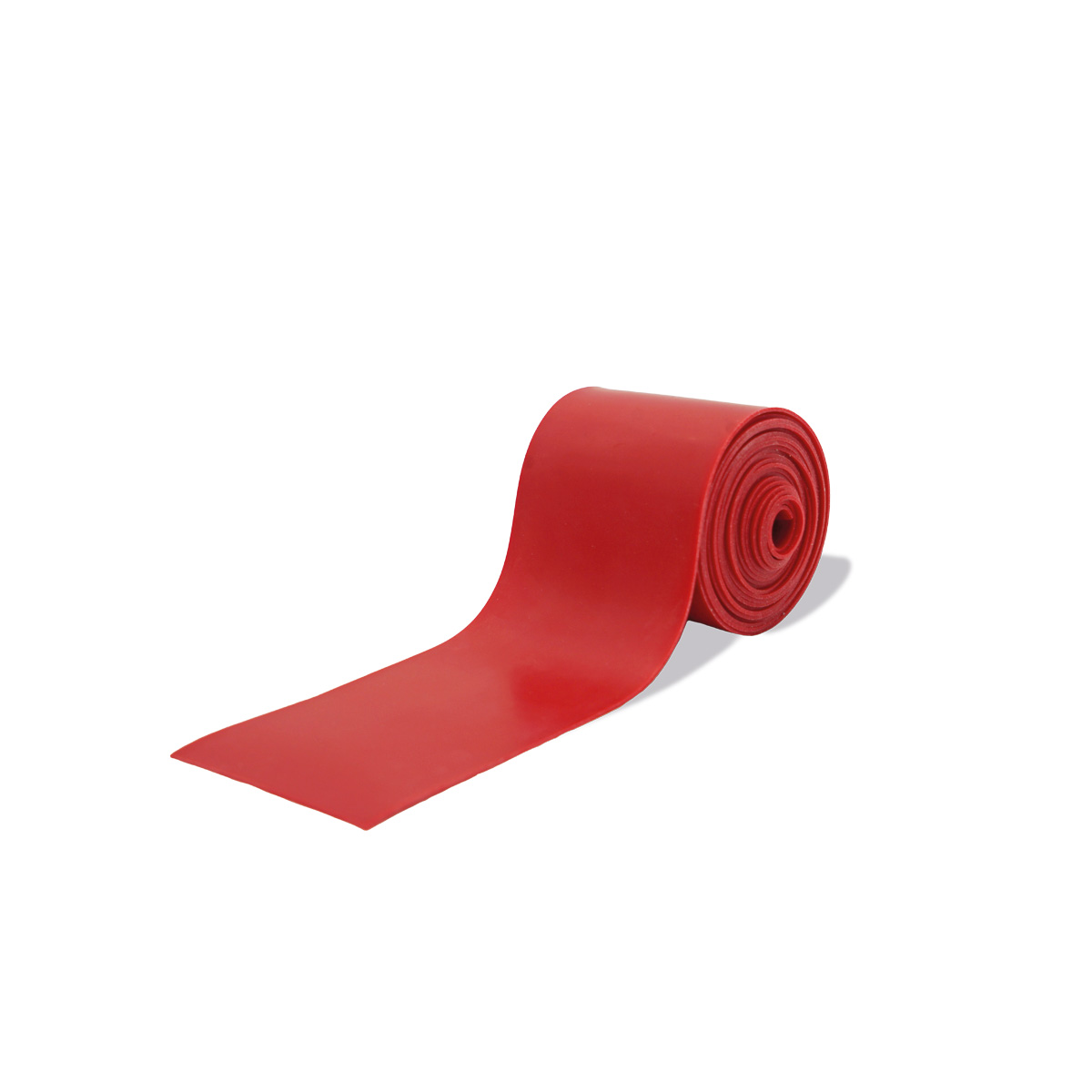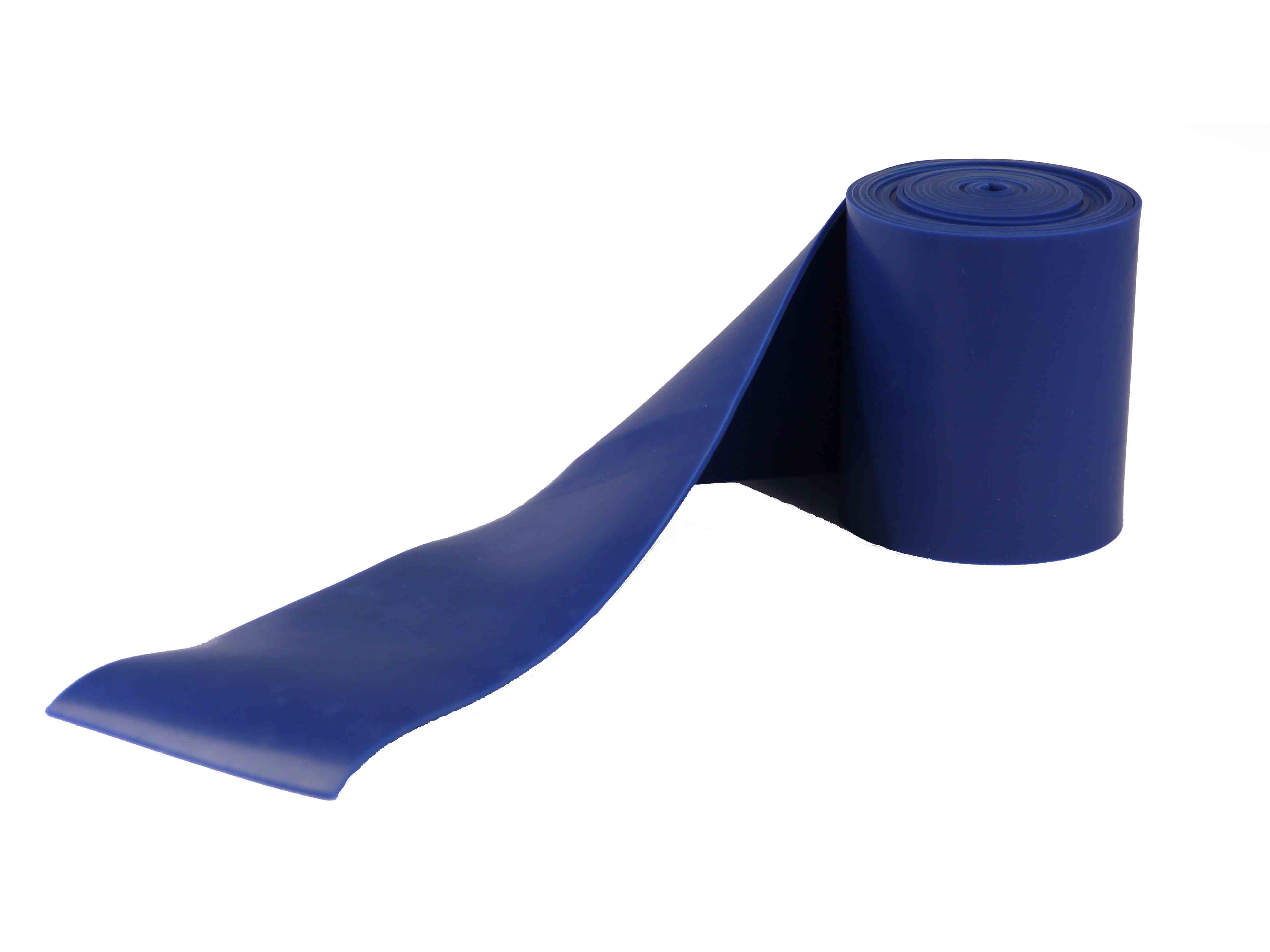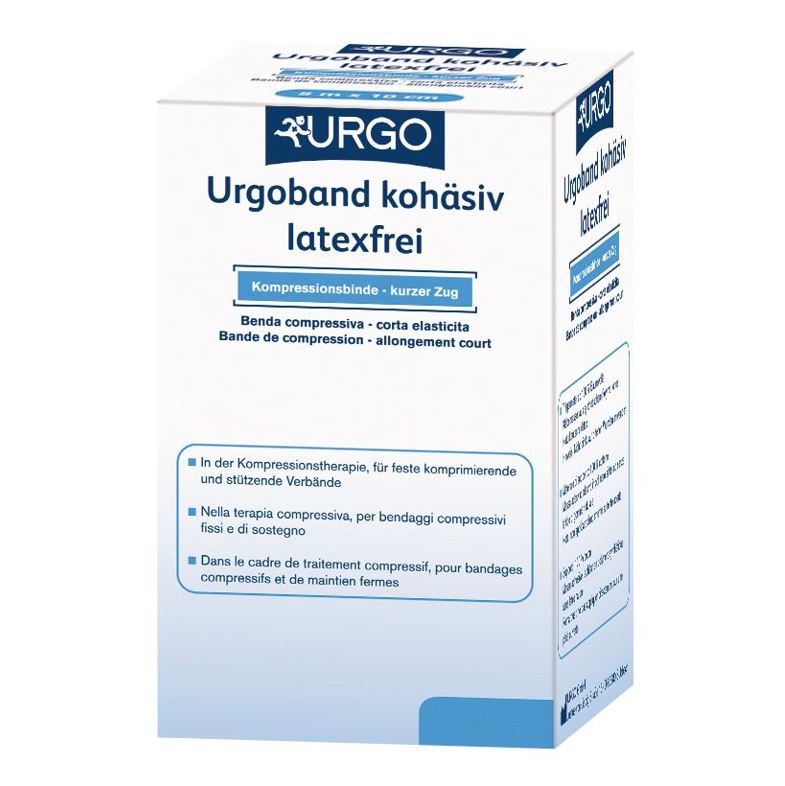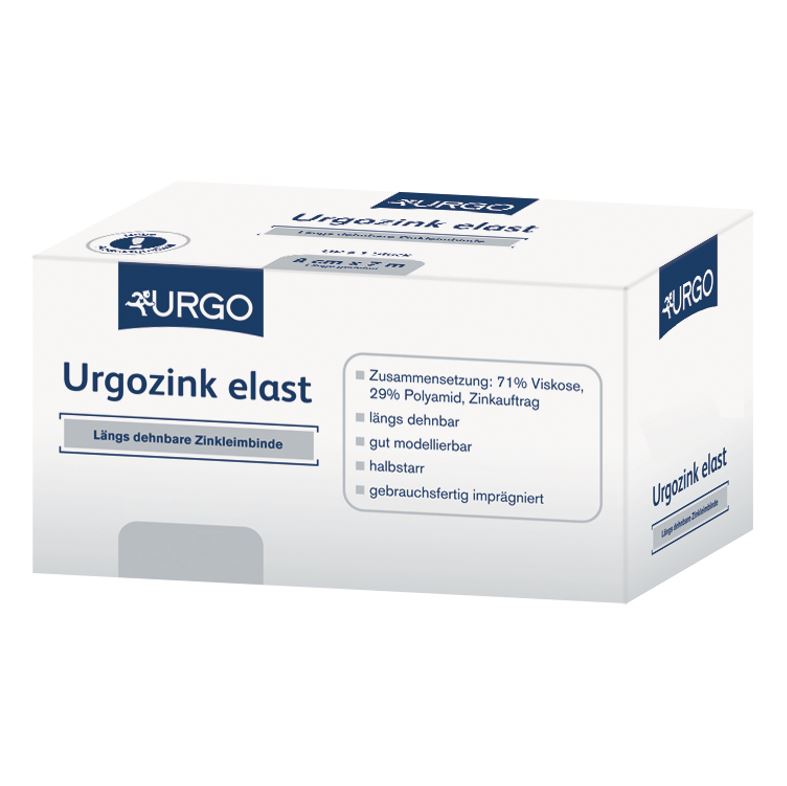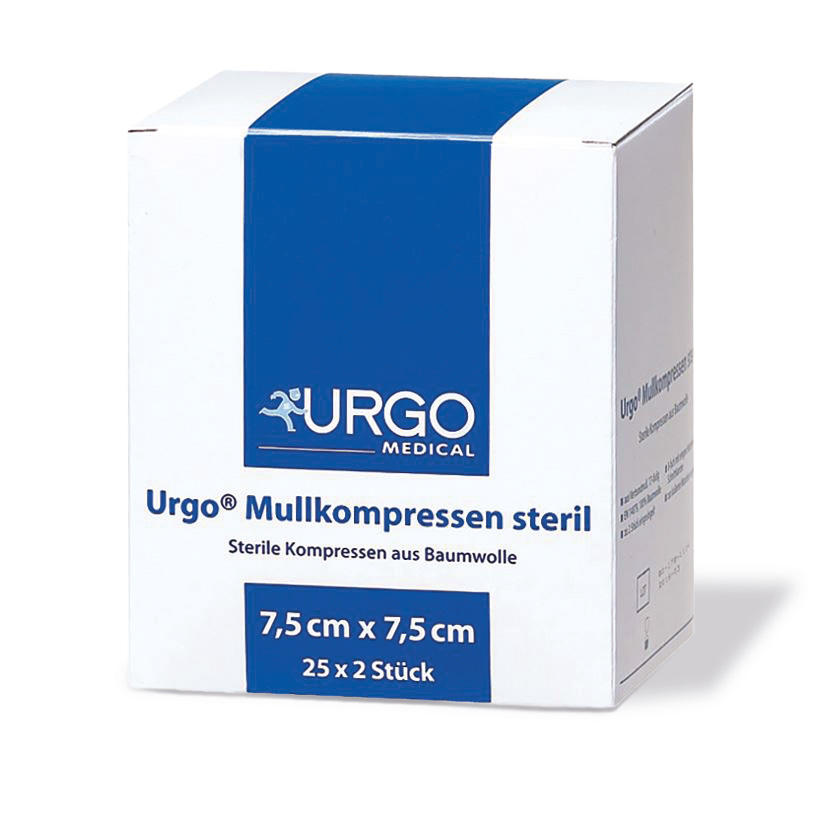Filter products
Frohnradstraße 2
63768 Hösbach
Tel.+49 (0) 6021 62998-100
Fax +49 (0) 6021 62998-99
Compresses
Compresses are indispensable when it comes to the initial treatment of larger abrasions, weeping injuries or burns. There is a wide range of uses for dressings: compresses can be used for everyday accidents in the home as well as in the medical field for operations and sports.
Compresses - indispensable for minor injuries
What is a compress?
A compress is a wound dressing made from a piece of fleece, gauze or folded cotton or polyester cloth. The word compress literally means "to compress" and, as the name implies, is intended to provide a degree of compression through pressure. It is used to protect the wound and, properly applied, can help stop bleeding injuries. They can be applied dry or with an ointment, depending on the type of wound. However, there are also compresses that are not used for wound care, such as a fin bandage. It is wrapped around limbs to mobilize joints.
Gauze compresses
Gauze compresses are made of viscose or degreased cotton. The fabric is soft, wide-meshed and air-permeable. Gauze compresses are mainly used as wound dressings for open and heavily weeping wounds, as they absorb blood and wound secretions particularly well. Gauze dressings are available in both sterile and non-sterile versions. The great advantage of gauze compresses is that they hardly lint and do not stick to the wound so easily.
Absorbent compresses
Absorbent compresses are used to collect the wound secretions of heavily oozing or bleeding wounds. They are usually thicker than simple gauze compresses, and thus provide the wound with an additional cushion as protection against external influences. These compresses are impermeable to fluids on the outside.
The other type of compression: The flossband
The floss band, just like wound compresses, also provides compression, but in a completely different way. In flossing, a 2 - 3m long rubber band is wrapped around the affected limb with tight tension. The affected limb should then be actively or passively moved for about 2 minutes. The goal of flossing is to mobilize limbs and thereby restore full range of motion. This is because compression, and thus undersupply of the area, is followed by increased blood flow: fresh body fluids can flow into the area and supply it with new nutrients.
Non-sterile or sterile compresses?
Compresses are available in both sterile and non-sterile versions. With a sterile compress, you are always on the safe side, because then germs and bacteria in the wound have no chance to multiply. They are usually larger and are used to treat larger and deeper wounds, as well as surgical wounds. Non-sterile compresses are very suitable for minor injuries or for ointment dressings. But when is a compress considered sterile? The prerequisite for this is that it is completely free of microorganisms, viruses, and bacteria in its packaging. This is the only way to ensure that no harmful substances get into the wound.
Applying a compression bandage with a compress: This is how it works!
The aim of a pressure bandage is to treat serious injuries quickly and to promote wound healing. The bandage is intended to prevent the patient from losing a large amount of blood, but it is also used for severe bruises. Usually, pressure bandages are applied only to the limbs or head.
1. Elevate the injured part of the body and squeeze the bleeding above the wound
2. Clean/disinfect the wound. If a large contaminant is stuck in the wound: Do not remove it yourself!Sollte ein großer Fremdkörper in der Wunde stecken: Nicht selbst entfernen!
3. Apply compress(es) and wrap with a bandage with strong pull several times (but not yet with the entire bandage)
4. Place pressure pad over the wound
5. Fasten the pressure pad with the remaining fabric of the bandage
6. Fix the bandage at the end with a plaster or a clip
How can I prevent the compress from sticking to the wound?
If the compress sticks to the wound when it is changed, loosening it can be an unpleasant affair. Only in the fewest cases is it possible to avoid sticking the wound and the compress together, e.g. with a hydrocolloid plaster. Thanks to their gel pad, they do not stick to the wound, but they cannot be used on every type of wound. But how to change compress and bandage without problems? If the wound may get wet, we recommend soaking the dressing in lukewarm water beforehand, so that it can be easily removed. An ointment suitable for the wound can also help to prevent the compress from sticking to the wound. If water is not allowed to get to the wound, you should use a medical irrigation solution.
When should I change my compress?
When is the right time to replace the old compress with a new one depends on the condition of the wound. If the wound secretes a lot and weeps, the compress and the bandage should be replaced regularly. We also advise changing the bandage if moisture or dirt gets onto the wound due to external influences. The wound can heal better under the dressing than in the air. This is because no germs or bacteria can get into the injury there. However, the compress and dressing should not be changed too often, as the wound's healing process will otherwise be disturbed again and again.
Compress or plaster
Again, the deciding factor is the condition of the wound. For minor injuries such as abrasions, scratches or small cuts, a plaster is quite sufficient. The situation is different if the wound is oozing or bleeding heavily. Then you should use a compress in combination with a (gauze) bandage, because it can absorb the wound secretion much better. As soon as the wound has become smaller and healed together, you can then, to be on the safe side, use a plaster again.

